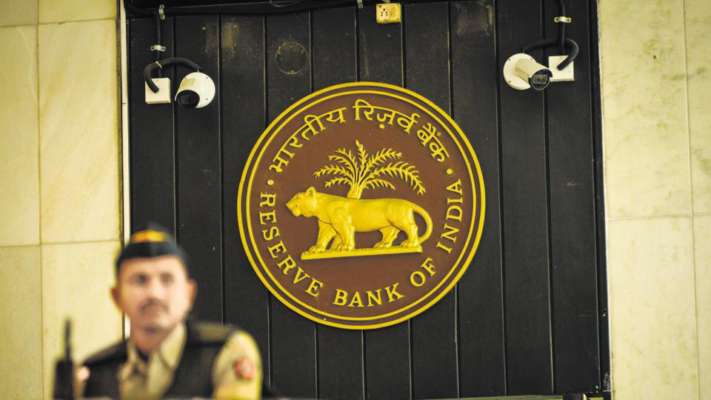
The Reserve Bank of India (RBI) cut key interest rates by 35 basis points (bps) on Wednesday, its fourth reduction this year, in a bid to pull the economy out of the slowdown in growth and to boost consumption.
‘Addressing growth concerns by boosting aggregate demand, especially private investment, assumes the highest priority at this juncture while remaining consistent with the inflation mandate,’ said the central bank.
The RBI monetary policy committee has also revised the real GDP growth projection to 6.9% from 7% for 2019-20.
The committee reduced the repo rate to 5.40% from 5.75%. Repo rate is the rate at which the apex bank lends to commercial banks in the short-term. One basis point is one-hundredth of a percentage point.
The central bank lowered the reverse repo rate, at which it borrows money from commercial lenders, to 5.15% from 5.50%. The MPC has maintained its policy stance as accommodative meaning that it’s in favor of lowering the interest rates.
Domestic savings down to a decade’s low: Data
Of the six-member MPC headed by RBI governor Shaktikanta Das, four members—Ravindra H. Dholakia, Michael Debabrata Patra, Bibhu Prasad Kanungo and Shaktikanta Das—voted to reduce the policy repo rate by 35 bps, while two members Chetan Ghate and Pami Dua voted to reduce the policy repo rate by 25 bps.
With the current rate cut, RBI has reduced 110 bps so far this year. With a massive rate cut this year, banks will be expected to pass on the rate cut by lowering their lending rates possibly lowering the equated monthly instalments (EMI) that individuals pay on home and consumer loans.
According to Bank of America Merrill Lynch, a 35bp RBI cut would send a powerful signal to banks to cut lending rates before the ‘busy’ season begins in October.
‘Growth worries persist; leading indicators (consumption and investment) showed signs of deterioration in Q1-FY20 (ended June 2019). Inflation trends remain benign, with average CPI inflation of 3.07% in Q1-FY20, broadly in line with the MPC’s projection of 3.0%. More importantly, core inflation has been on a consistent declining trend amid subdued growth dynamics (both global and domestic) and contained oil prices,’ said Standard Chartered in note.
In the MPC’s June resolution, real GDP growth for 2019-20 was projected at 7% – in the range of 6.4-6.7% per cent for first half of the financial year and 7.2-7.5% for the second half of the financial with risks evenly balanced. ‘Various high frequency indicators suggest weakening of both domestic and external demand conditions. Taking into consideration the above factors, real GDP growth for 2019-20 is revised downwards from 7% in the June policy to 6.9%- in the range of 5.8-6.6% for first half 2019-20 and 7.3-7.5% for second half- with risks somewhat tilted to the downside.
The path of CPI inflation is projected at 3.1% for second quarter of 2019-20 and 3.5-3.7% for second half 2019-20, with risks evenly balanced.
In case of transmission, during the phase when RBI cut 75 bps, the weighted average lending rates fell 29 bps. ‘The transmission of policy repo rate cuts to the weighted average lending rates (WALRs) on fresh rupee loans of banks has improved marginally since the last meeting of the MPC. Overall, banks reduced their WALR on fresh rupee loans by 29 bps during the current easing phase so far (February-June 2019),’ the central bank noted.










